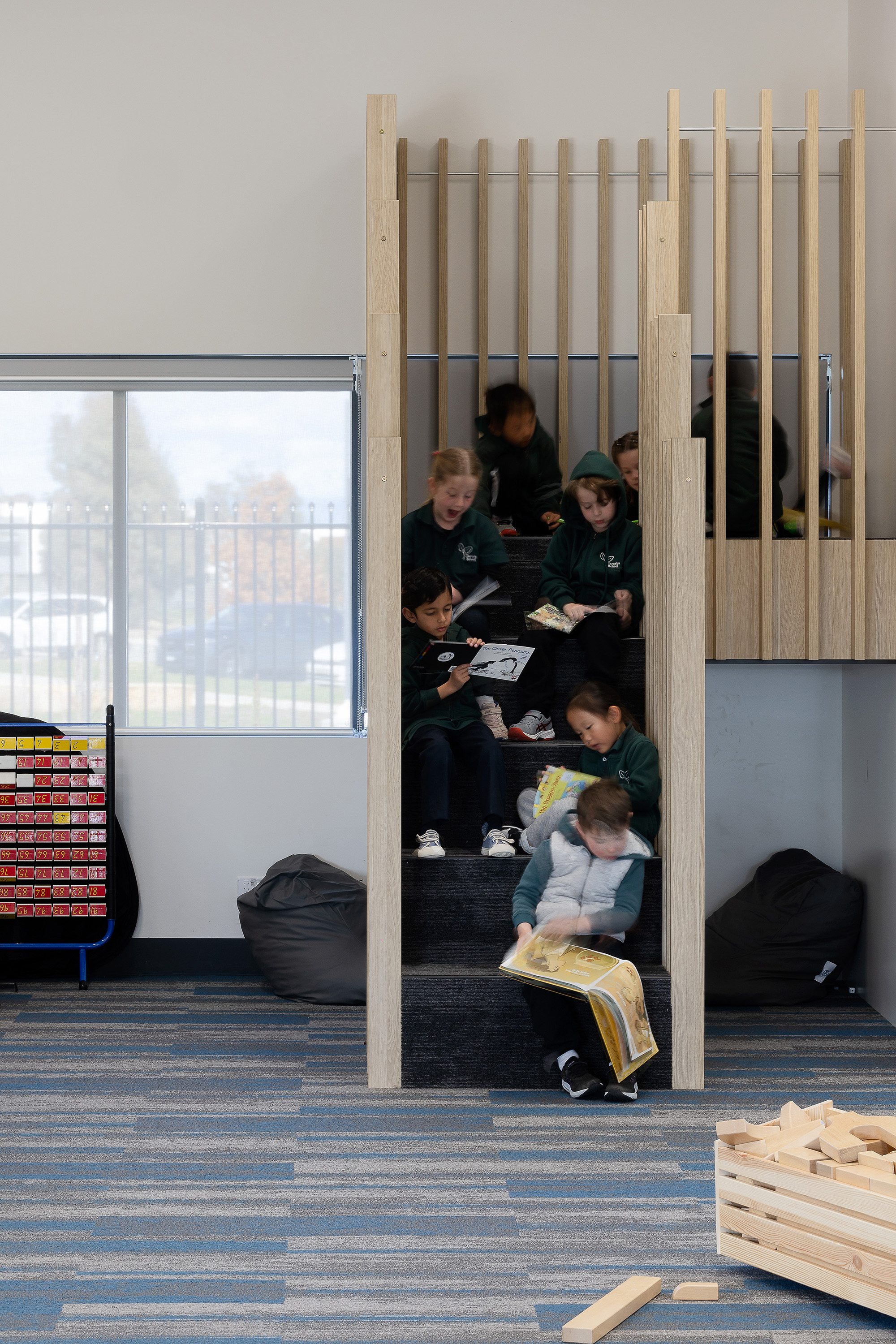Designing spaces that cater to a diverse range of needs is no longer a niche consideration, it’s a vital approach to shaping the future of design. As reported by Monash Health, one in eight Australians are neurodivergent. As a result, human-centred design approaches are becoming increasingly important to ensure all people feel comfortable in their environment.
Neurodiverse design principles aim to create inclusive, adaptable spaces that accommodate individuals with various neurological conditions including autism, ADHD, and sensory processing disorders. Key elements include sensory modulation through adjustable lighting, sound control, and calming colour schemes. Flexible layouts offer both quiet and collaborative areas, with clear wayfinding and decluttered environments helping to reduce stress. Biophilic design incorporates natural elements to create a calming ambience, while providing spaces to retreat and adaptive features empower users to control their environment.
Incorporating these principles in our design language ensures that spaces are accessible, comfortable, and supportive, enhancing wellbeing and productivity for everyone, regardless of neurotype










